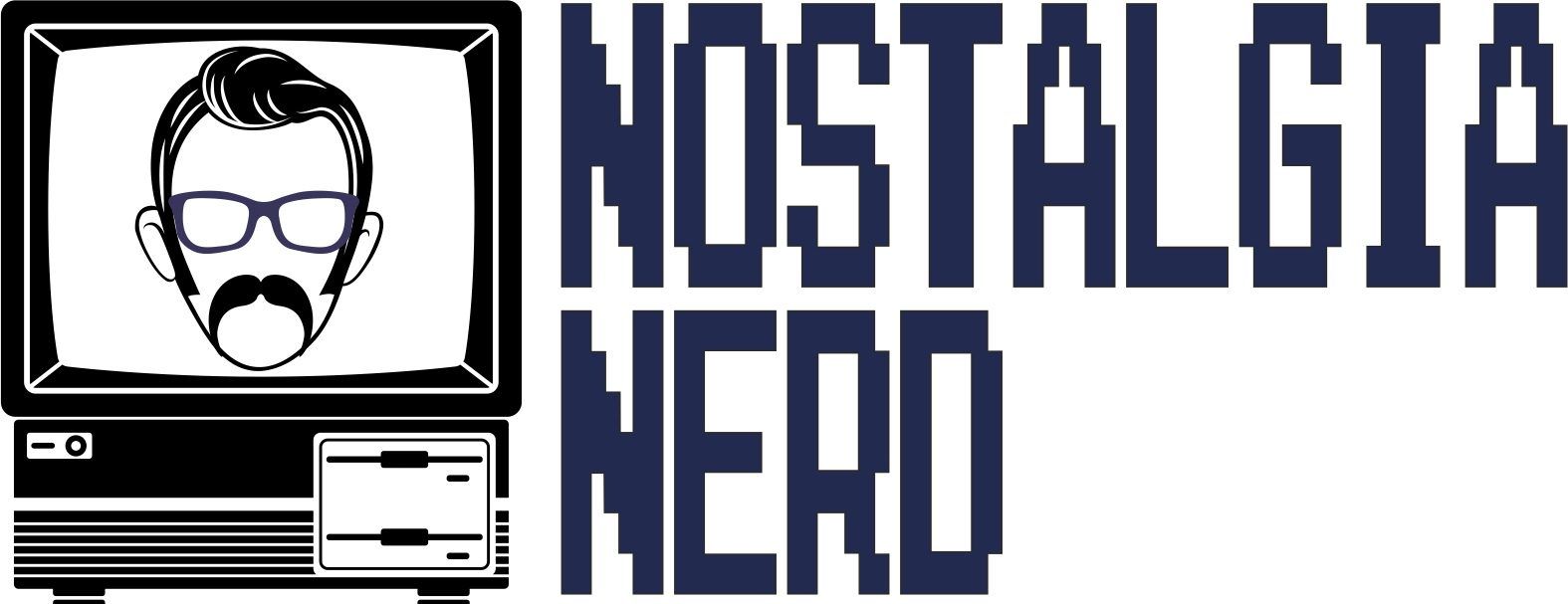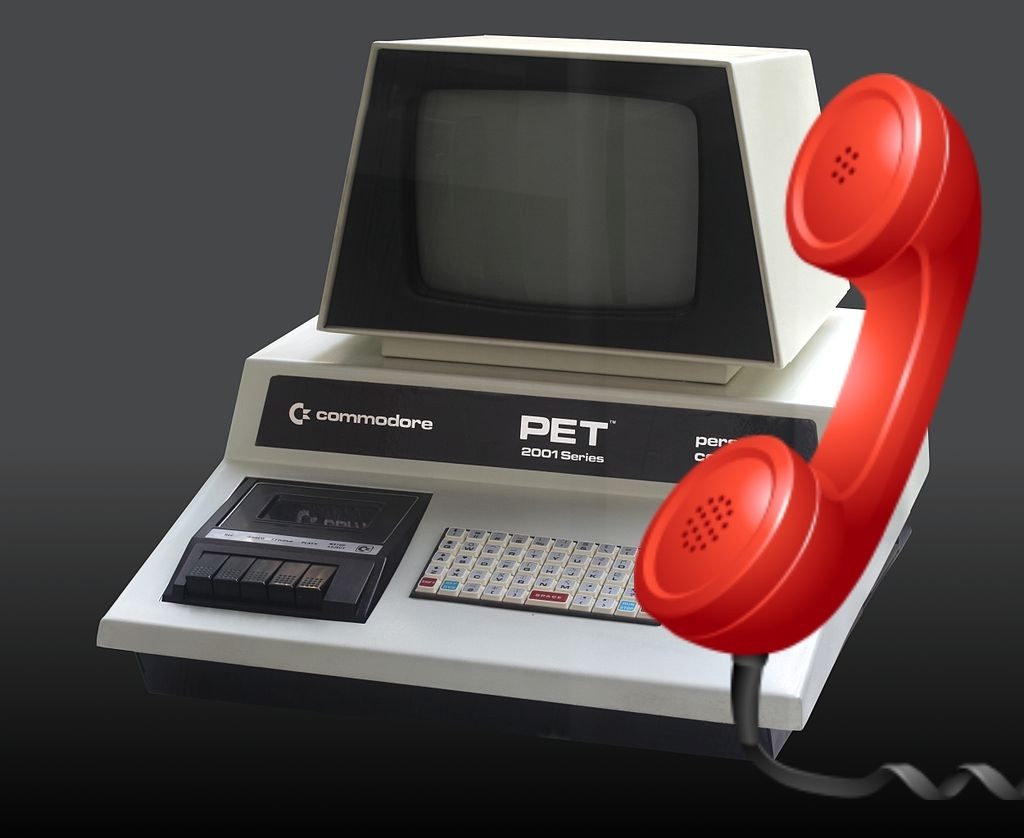The Amiga CD32…What a console…. what a machine. Those I’m sure were the exact phrases that went through my mind when I first glimpsed this beast of a machine back in the early to mid 90’s. Here, at last, was a CD based console, with 32 bits of raw processing power (whatever that meant?… I had a vague idea, but ultimately, nah), a funky as hell control pad and… and… and it was Grey! Yeah, it was grey. Wicked!
The CD32 was the first console that was competitively priced and offered all these lovely incentives. Machines like the 3DO and Jaguar looked frickin amazing for sure, but their price was a huge prohibiter, especially when you have no job, no prospects and you’re about 10 years old. The CD32 was almost, almost in my reach. Plus Commodore were promising a shed load of releases for the Christmas period. I wanted one. WAIT. I NEEDED ONE.
Luckily I hung on, for, it quickly became obvious what the shortfalls of this machine would be.
The Amstrad Effect
This is a term I’ve just conied, and I use it to describe the delivery of the machine onto the market and it’s accompanying hardware. You see, much like the Amstrad CPC’s hardware was very similar to the ZX Spectrum, the CD32 went one step further, it was practically an Amiga 1200. What’s more Amiga 1200’s could generally run the software from the more popular Amiga 500/600 range. This meant that developers mostly released games and software targetted for the 500, in order to get the most reach across the market.
So in the same way that Spectrum games were ported to the more capable Amstrad in pretty much their basic Speccy form. CD32 games were mostly ported straight from their keyboard based counterparts. Some games had the odd cut scene thrown in for sure, but in the same way that splashing a couple more colours on Spectrum conversions for the Amstrad went down – it just didn’t cut the mustard.
You see the CD32 could have been capable of so much more. It hit the markets at almost the right time (maybe a little earlier would have helped it along), it had a reasonable enough spec – The AGA chipset from the 1200 was no slouch. But ultimately, game designers are lazy and marketers want the most money they can gleam. Ultimately, this meant the CD32 was doomed from day one. This is before you even consider….
3D
3D was starting to make a dent in the gaming world, and would soon be even more prevalent with the Sony Playstation’s excellent capabilities (for a console at least). This is one area where the CD32, just couldn’t muster the energy to “game on”. It was capable of some amazing effects, sure. Some great use of colour, yep. But when it came to 3D, even the AGA chipset couldn’t keep up with the newer machines.
So although the CD32 did reasonably well in the UK & European markets (UK especially), it didn’t have the balls where it counted, and so was sadly doomed.
Final Note
The thing is, my days of owning a Sega Master System, deep into the Megadrive era made me love the underdog, and so for that reason, combined with my love of the Amiga range of machines, I will also find a fond and loving place for this console deep within me somewhere. Where that place is, I do not know, but it’s there, and I’m sure it will remain there.
PS. After writing this I went off on a bit of a tangent and wrote an additional 3.5k words about my favourite 32 bit Amiga CD machine.

Nostalgia Nerd is also known by the name Peter Leigh. They routinely make YouTube videos and then publish the scripts to those videos here. You can follow Nostalgia Nerd using the social links below.



